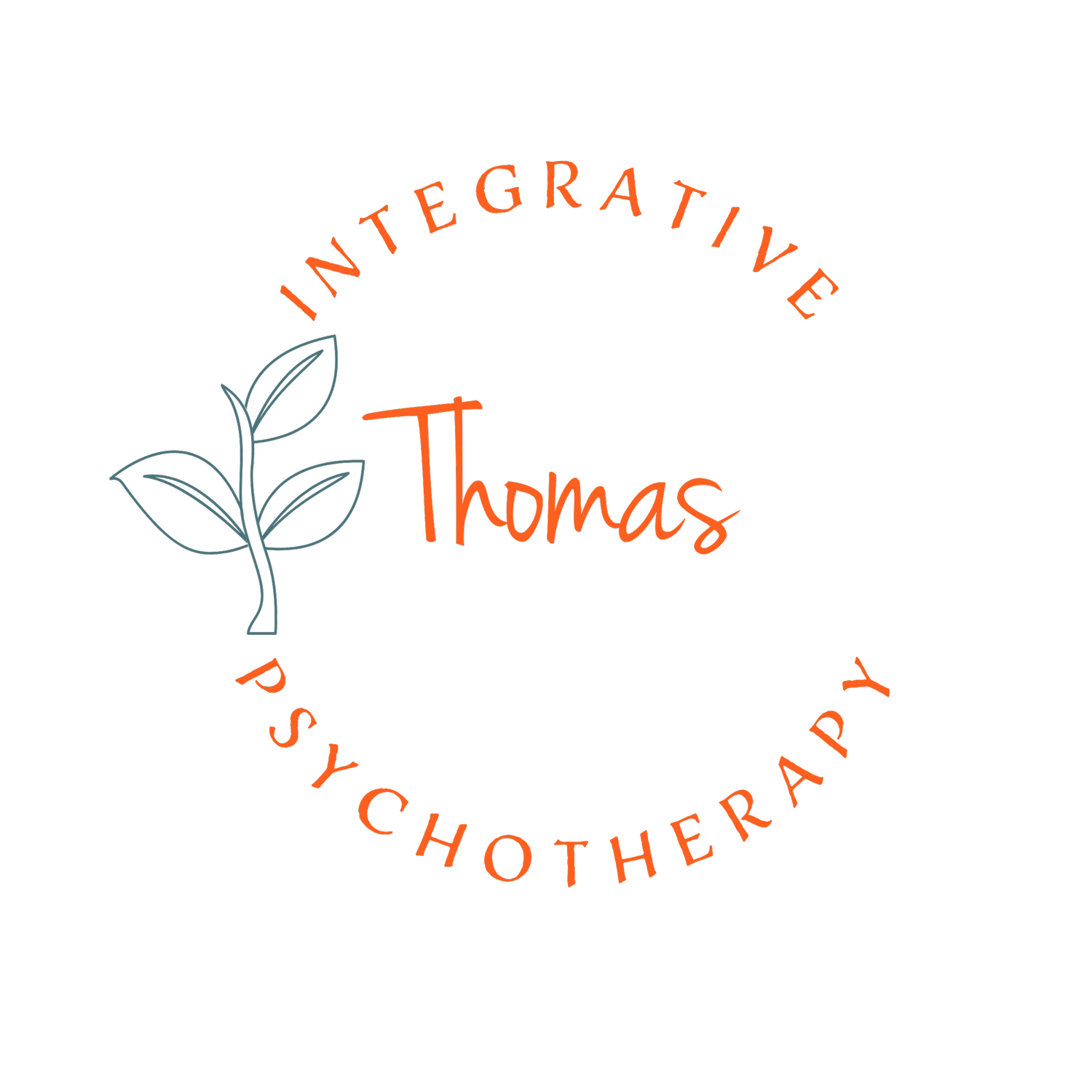
Trauma
Do You Feel Haunted by the Past?
Painful memories keep coming up, no matter how hard you try to push them away. You feel tense, on edge, and like you've lost control. This constant battle can be exhausting, and you might feel like you're alone in it. But you're not.
We understand that your struggle isn't a weakness—it’s a sign that your body and mind are holding onto past pain. What often feels like anxiety or depression is actually the weight of unresolved trauma. The good news is, healing is absolutely possible.
We'll Walk with You on Your Journey
Our approach is different. Instead of a one-size-fits-all solution, we use a compassionate, integrative therapy model. This means we create a personalized plan that honors your whole self—your mind, body, and spirit. We believe that true healing goes beyond just talking about what happened; it involves helping your body release the trauma it's been holding onto.
Healing is a journey, and we would be honored to walk beside you. If you're ready to find relief and reclaim your life, please reach out to us today.
